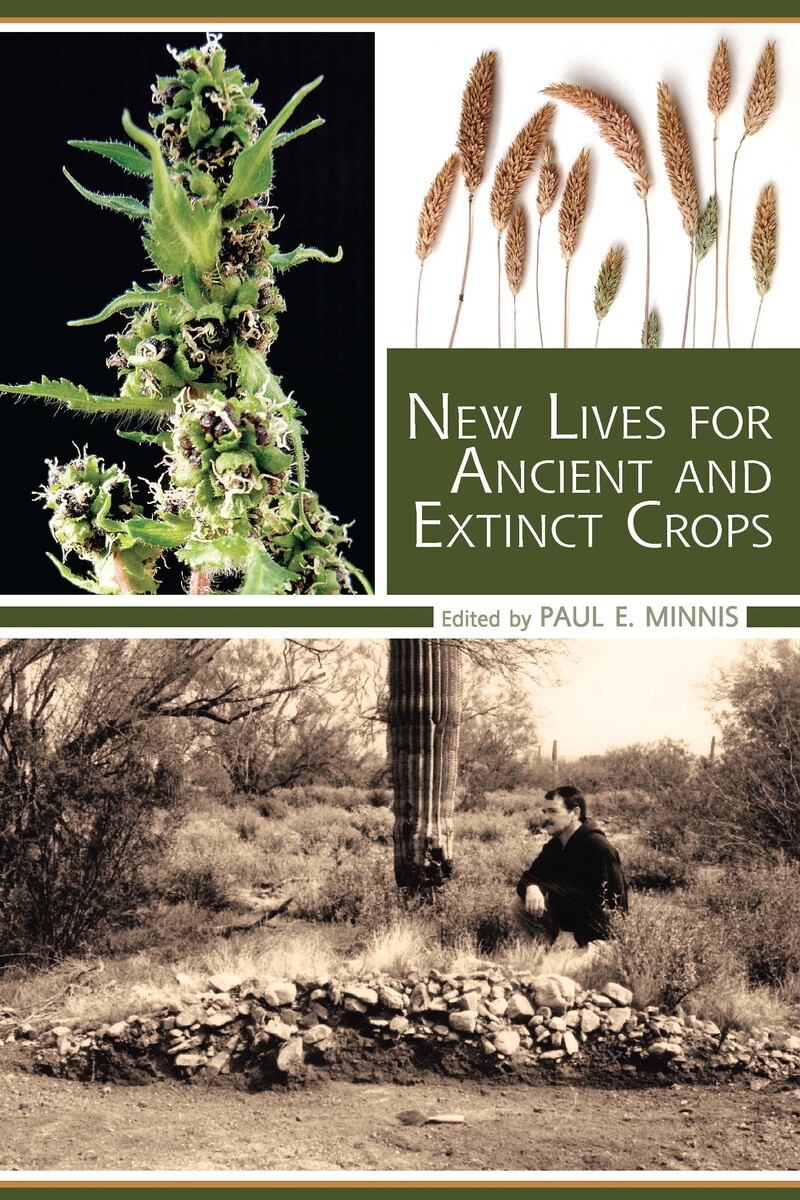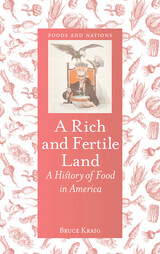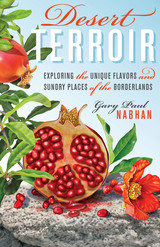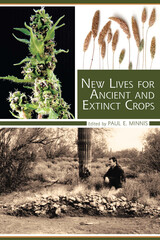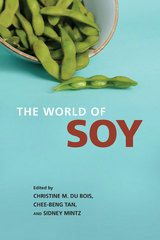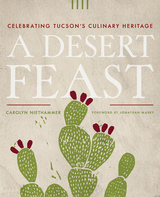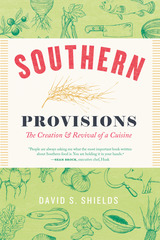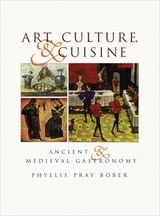New Lives for Ancient and Extinct Crops
University of Arizona Press, 2014
Cloth: 978-0-8165-3062-5 | Paper: 978-0-8165-3422-7 | eISBN: 978-0-8165-4483-7 (standard)
Library of Congress Classification TX551.M534 2014
Dewey Decimal Classification 641.331
Cloth: 978-0-8165-3062-5 | Paper: 978-0-8165-3422-7 | eISBN: 978-0-8165-4483-7 (standard)
Library of Congress Classification TX551.M534 2014
Dewey Decimal Classification 641.331
ABOUT THIS BOOK | AUTHOR BIOGRAPHY | REVIEWS | TOC
ABOUT THIS BOOK
Over many millennia, farmers across the world have domesticated literally thousands of species and developed tens of thousands of varieties of these plants. Despite the astonishing agricultural diversity that existed long ago, the world’s current food base has narrowed to a dangerous level. By studying the long and dynamic history of farming in the ancient past, archaeology can play a part in helping ensure the stability of the human food supply by identifying once-important crops and showing where and how such crops were grown in the past. Thanks to this work, extinct crops might even be redomesticated from their wild progenitors.
New Lives for Ancient and Extinct Crops profiles nine plant species that were important contributors to human diets and had medicinal uses in antiquity: maygrass, chenopod, marshelder, agave, little barley, chia, arrowroot, little millet, and bitter vetch. Each chapter is written by a well-known scholar, who illustrates the global value of the ancient crop record to inform the present. From eastern and western North America, Mesoamerica, South America, western Asia, and south-central Asia, the contributors provide examples of the unexpected wealth of information available in the archaeological record about ancient and extinct crops.
New Lives for Ancient and Extinct Crops profiles nine plant species that were important contributors to human diets and had medicinal uses in antiquity: maygrass, chenopod, marshelder, agave, little barley, chia, arrowroot, little millet, and bitter vetch. Each chapter is written by a well-known scholar, who illustrates the global value of the ancient crop record to inform the present. From eastern and western North America, Mesoamerica, South America, western Asia, and south-central Asia, the contributors provide examples of the unexpected wealth of information available in the archaeological record about ancient and extinct crops.
See other books on: Agriculture & Food | Agriculture & Food Policy | Medicinal plants | Minnis, Paul E. | Plants, Cultivated
See other titles from University of Arizona Press
